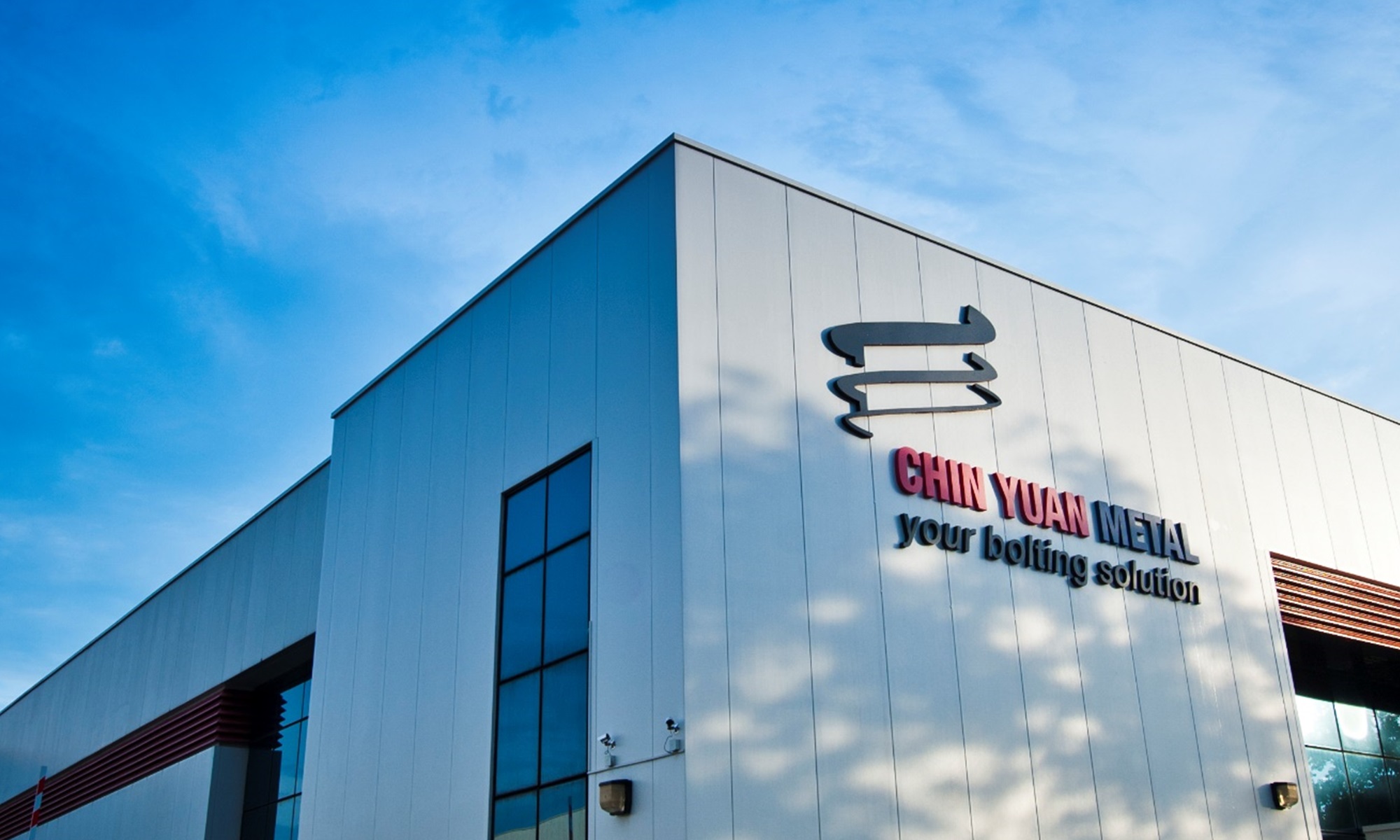Essential Facts About Eye Bolts
Eye bolts are special loop-shaped tools that piece together cables to platforms. An eye bolt has two main parts: its loop and its threaded body, used to screw the cables into the platform to which they will be attached.
The Main Functions Of Eye Bolts
An eye bolt is primarily used to piece together light to heavy loads. The kinds–including the thickness, size, and make up–all depend on the load being carried. Naturally, bigger and thicker bolts are required to hold together bigger and heavier materials.
The different types of these bolts are used for machining purposes, others for upset and drop forging, hot and cold forming, and hold and cold forging.
The Different Makes Of Eye Bolts
These bolts can be made from a variety of materials, including stainless steel, carbon steel, and alloy steel. Sometimes, duplex is also used. Meanwhile, the finish may range from electroplated to plastic, or else galvanised or sheradised. Powder-coated, shot blast, polished, and painted bolts are also available.
An eye bolt can be as big as four inches–also called M100–or as small as a fourth of an inch or M6. They can also be customised according to thread forms. Left hand and right hand threads, metric threads, imperial threads, and ACME threads are just some of the more common types.
Most bolts have straight sides, while others have curved sides. There is the so-called collared eye bolt, often used in machining and carries angular loads up to 45 degrees. A screw thread eye bolt, meanwhile, is conducive for light materials, which is in contrast with the forged or welded bolts which are made to piece together heavier loads. There are also other types, such as the sling rod eye bolt, the collared bolt, the nib end bolt, and the ring eye bolt.
Each iteration of an eye bolt serves a different purpose, which is why industries need to source these important tools from a supplier that knows its needs well and has mastered the differences in these tools’ uses and physical properties.
